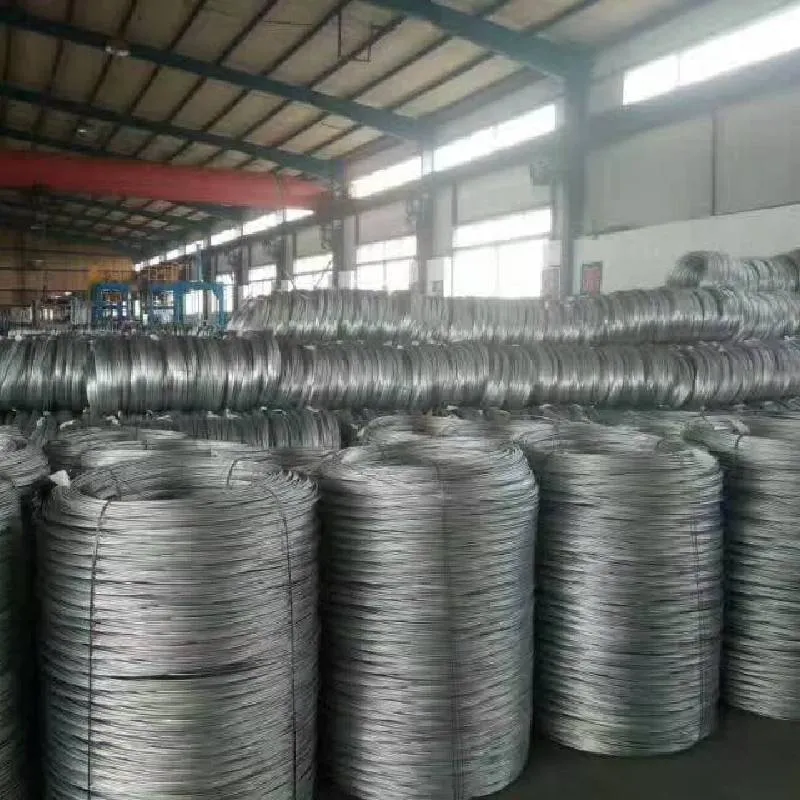
- Mobile Phone
- +8613931874955
- sales@cntcmetal.com
installing wall ties
Installing Wall Ties A Comprehensive Guide
Wall ties are critical components in the construction of masonry walls, particularly in cavity wall systems. They play a pivotal role in maintaining the structural integrity and stability of these walls. This article will provide a detailed guide on installing wall ties, highlighting the materials needed, the installation process, and best practices to ensure a durable and effective result.
Understanding Wall Ties
Wall ties are usually made from materials such as stainless steel, galvanized steel, or plastic and are used to connect two layers of masonry wall. In cavity walls, they are crucial for holding the outer and inner leaves together, preventing them from moving apart due to wind or other forces. Proper installation of wall ties is essential for ensuring the walls can resist lateral forces and prevent moisture penetration.
Materials Needed
Before you commence the installation, gather the following materials and tools
1. Wall Ties Choose the appropriate type based on your specific wall system and local building regulations. 2. Drill and Drill Bits A power drill with masonry bits will help you create holes in the brick or block. 3. Hammer For driving ties into place if necessary. 4. Level To ensure that the ties are positioned correctly. 5. Measuring Tape Accurate measurements for spacing are crucial. 6. Mortar For securing the ties in place. 7. Safety Gear Always wear protective eyewear and gloves when working with masonry.
Installation Process
1. Determine the Spacing The spacing of wall ties is typically dictated by local building codes, but a common practice is to place them at intervals of 600mm vertically and 900mm horizontally. However, specific conditions such as wall height, type of masonry, and environmental factors may require adjustments.
installing wall ties

2. Mark the Position Using your measuring tape, mark where each wall tie will be installed. This ensures a uniform installation and helps avoid missing any ties.
3. Drill Holes Using a drill, create holes in the inner leaf of the cavity wall at the marked positions. The diameter and depth should be appropriate for the type of wall tie being used.
4. Insert the Wall Ties Insert the wall ties into the drilled holes, ensuring that they fit snugly and are positioned correctly. The ties should extend into the outer leaf of the wall while remaining adequately anchored within the inner leaf.
5. Secure with Mortar Once the ties are in place, apply mortar around them as needed to secure them firmly. This will help in providing additional stability and prevent any movement of the ties over time.
6. Check Alignment Use a level to ensure that the ties are installed straight. Any misalignment can affect the overall performance of the wall system.
Best Practices
- Follow Local Building Codes Always adhere to local regulations regarding wall tie installation to ensure compliance and safety. - Regular Inspections After installation, periodically inspect the wall ties for any signs of corrosion or damage, especially in areas exposed to harsh weather conditions. - Professional Assistance If unsure about the installation process, consider consulting with a professional builder or structural engineer to ensure the safety and integrity of your walls.
Conclusion
Installing wall ties is a crucial step in the construction of cavity walls, contributing significantly to their stability and durability. By following the guidelines detailed in this article, you can ensure a successful installation, thus reinforcing the structural integrity of your masonry walls and enhancing the longevity of your building.
share:
-
Yard Sign Stakes: Reliable Guardians of Outdoor SignsNewsAug.04,2025
-
Wall Ties: Invisible Guardians of Building StabilityNewsAug.04,2025
-
Resilient Web: The Super Guardian Power of Concrete MeshNewsAug.04,2025
-
Masonry Accessories: A versatile assistant on building foundationsNewsAug.04,2025
-
Iron Binding Wire: the 'invisible reinforcement specialist' in the fields of architecture and industryNewsAug.04,2025
-
Dynamic Spring: The diverse functions and excellent performance of Wire Tension SpringNewsAug.04,2025
-
Your Source for Concrete Wall Ties and Masonry AccessoriesNewsJul.10,2025



















